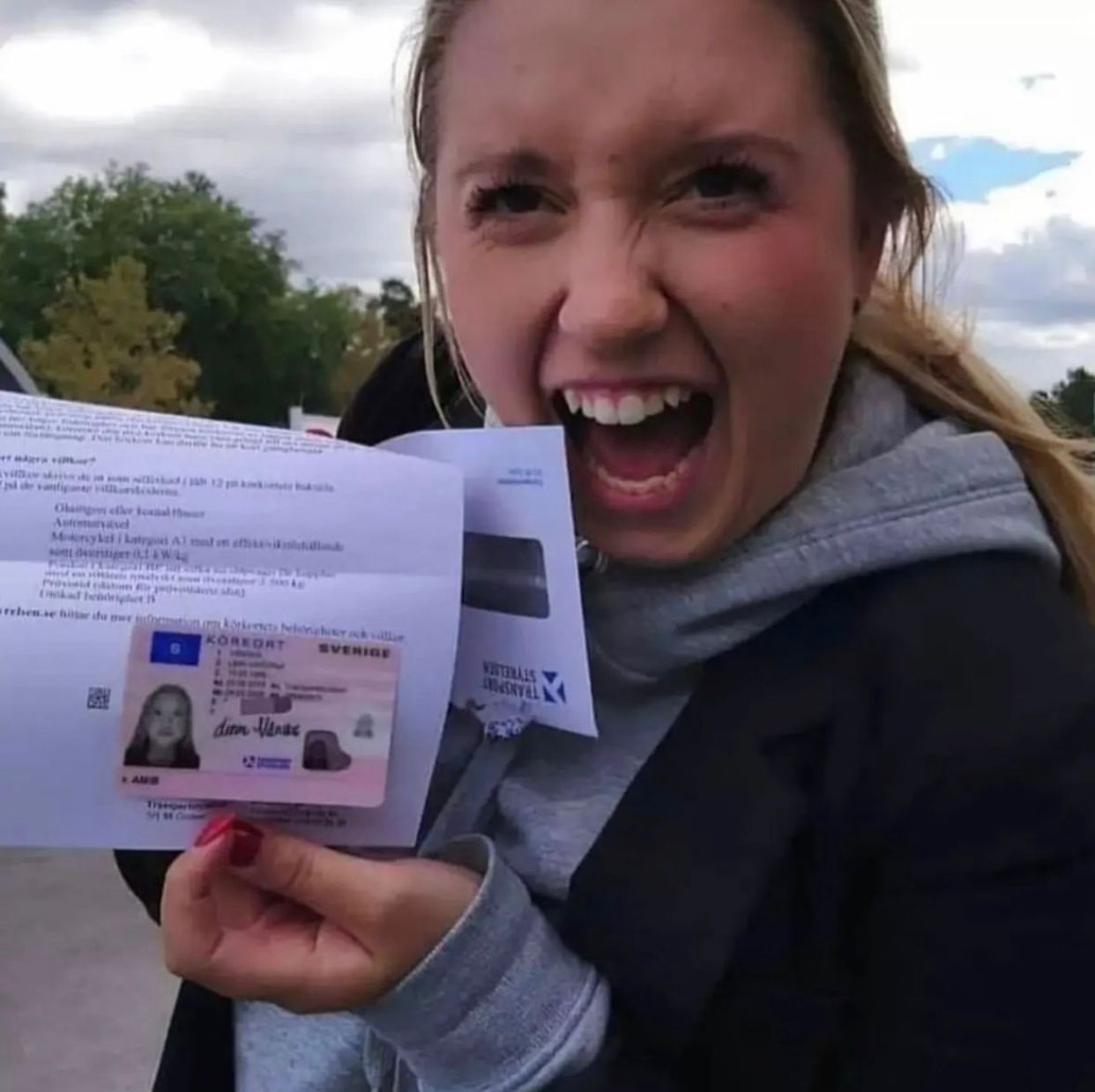Understanding the Driving License: A Comprehensive Guide
A driving license is a vital document for individuals who want to run an automobile legally. This guide intends to offer a thorough understanding of the driving license, including its types, requirements, application processes, and the significance it holds in today's hectic society.
What is a Driving License?
A driving license is a government-issued file that licenses an individual to drive an automobile on public roads. Köpa Körkort I Sverige is essential not just for adherence to the law however likewise as a step of competency to make sure that motorists have the necessary skills to operate an automobile safely.
Types of Driving Licenses
Driving licenses vary by jurisdiction, and they can be categorized into several types. Here's a breakdown:
| License Type | Description |
|---|---|
| Student's Permit | A provisionary license enabling new motorists to practice under specific conditions. |
| Complete License | A standard driver's license permitting the holder to operate most types of automobiles without restrictions. |
| Commercial License | Essential for individuals wanting to operate commercial trucks or buses. |
| Bike License | Specifically designated for running bikes and motorbikes. |
| International Permit | Permits individuals to drive in foreign nations, supplied they have a legitimate national license. |
Why is a Driving License Important?
Holding a valid driving license has several advantages:
- Legal Requirement: It is a legal requirement to drive on public roads.
- Safety Assurance: A driving license guarantees that the motorist has gone through required training and evaluations to run a lorry safely.
- Recognition: It functions as a main type of identification, typically needed for numerous services.
- Insurance coverage Compliance: Many car insurer need legitimate driving licenses as one of the conditions for issuing a policy.
- Work Opportunities: Certain jobs need workers to have a legitimate driving license, particularly those including transportation.
How to Obtain a Driving License
The process of acquiring a driving license generally involves a number of steps, which can vary by region. Below is a basic overview of the actions to follow:
- Eligibility Check: Most jurisdictions have age and residency requirements.
- Written Test: Applicants generally must pass a composed exam covering the guidelines of the road.
- Vision Test: A vision evaluation may be required to make sure the candidate can see well enough to drive safely.
- Practical Driving Test: New motorists need to show their driving abilities in a practical test.
- Application Submission: Complete the necessary types and send the necessary documentation, consisting of proof of identity and residency.
- Payment of Fees: Pay any associated costs for the application process.
- Waiting Period: Some regions have a probationary period throughout which a learner's permit should be held before a complete license is released.
Typical Requirements for Application
- Evidence of identity (e.g., birth certificate, passport)
- Social Security number or equivalent identification
- Proof of residency (e.g., utility bills, rental contracts)
- Completion of a motorist's education course (if suitable)
Tables: A Comparative Look at Driving License Categories
The following table highlights differences in requirements and features of different types of driving licenses:
| Type of License | Age Requirement | Evaluating Requirements | Limitations |
|---|---|---|---|
| Student's Permit | Varies, usually 15-16 | Composed, vision | Requires a certified adult in the car |
| Full License | Generally 18+ | Written, vision, useful | None (unless particular recommendations use) |
| Commercial License | Normally 18+ | Written, vision, useful, additional tests | Limited to business vehicles just |
| Motorcycle License | Varies, usually 16 | Written, vision, useful | Generally restricted to motorbikes just |
| International Permit | 18+ | Valid nationwide license needed | Valid in countries that acknowledge it |
Frequently Asked Questions About Driving Licenses
1. How long does it take to get a driving license?
The timeline varies by region and private scenarios, however an uncomplicated process that consists of taking a course and completing tests might take several weeks to a few months.
2. What should I do if I lose my driving license?
In case of loss, report the event to local authorities and request a replacement through the appropriate automobile department.
3. Can I use an international driving license in my home nation?
The majority of nations require a legitimate nationwide license, and an international driving license is meant for use abroad. Constantly examine regional laws.
4. Exist particular laws for motorists under 18?
Yes, many locations have actually finished licensing laws that impose constraints on younger drivers, such as traveler limitations and nighttime curfews.
5. What takes place if I get caught driving without a license?
Driving without a legitimate license can result in fines, lorry impoundment, and even legal charges, depending upon regional laws.
In conclusion, acquiring a driving license is a considerable milestone for many individuals. It involves a structured process created to guarantee safety and legality on the roadways. Comprehending the types, value, and application procedures can empower prospective chauffeurs to browse their licensing journey with confidence. Whether for personal use or professional purposes, a driving license is a valuable asset in the contemporary world.

